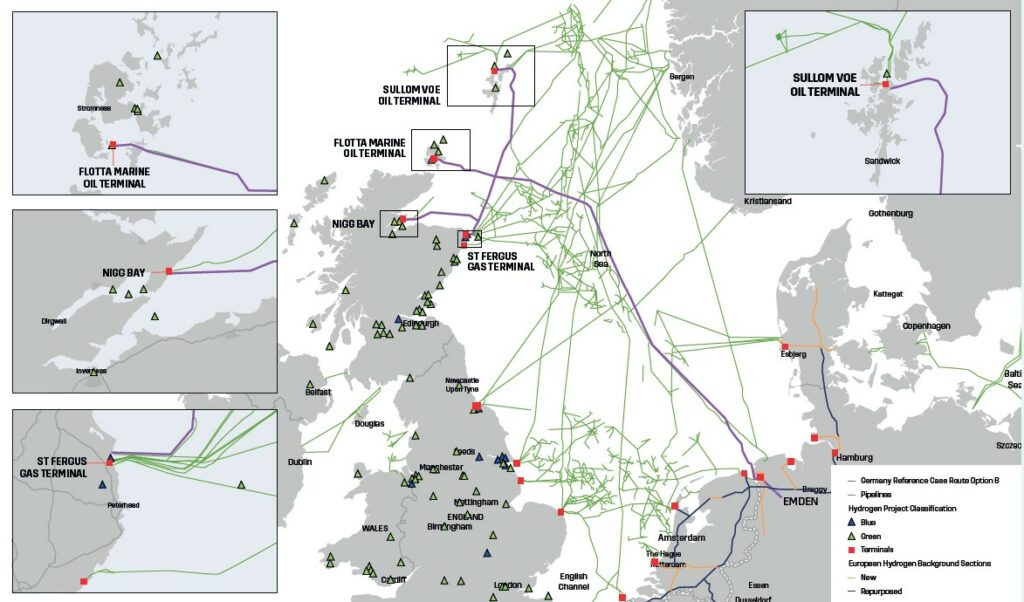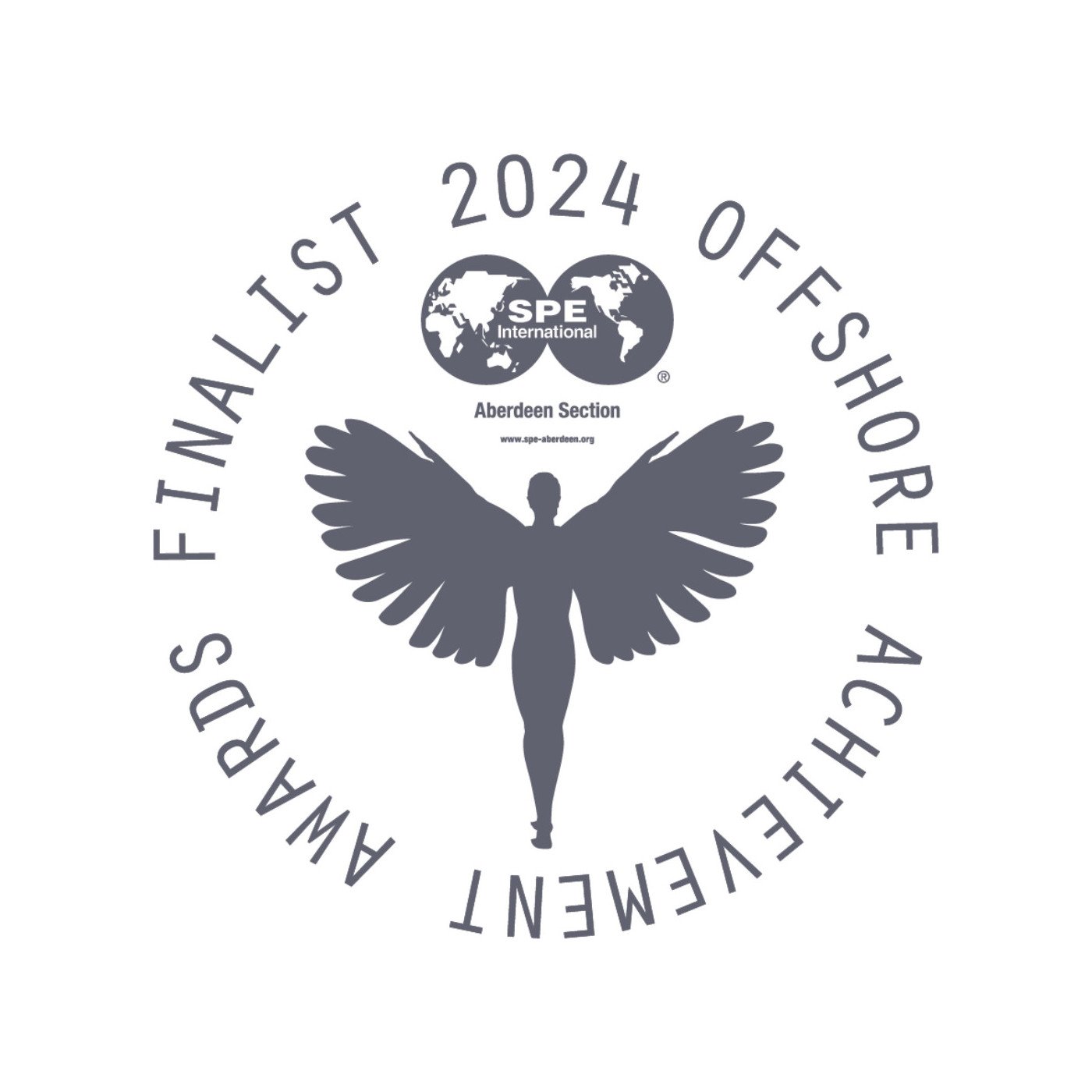NEWS & INSIGHTS | article
New pipeline will accelerate Scotland’s green hydrogen export potential

- Research demonstrates investment in a purpose-built marine pipeline, the Hydrogen Backbone link, to transport hydrogen from Scotland to Europe is key to enabling Scotland to achieve its ambitious green export targets by 2045.
- Delivering the Hydrogen Backbone Link could create 700 new jobs initially and enable 300,000 green economy jobs by 2045.
- Scotland could meet up to 10% of Europe’s projected hydrogen import demand by the mid-2030s.
Scotland’s hydrogen production and export potential could be significantly accelerated with the development of a purpose-built marine pipeline according to a report published today (31 August 2023) by the Net Zero Technology Centre (NZTC).
NZTC’s Hydrogen Backbone Link project explored the critical hydrogen transport infrastructure required to deliver a cost-effective pipeline solution which would position Scotland as a front runner in the development of a pan-European hydrogen infrastructure for export.
The project, which received funding from the Scottish Government’s Energy Transition Fund (ETF) and match funding from industry, examined the repurposing of existing oil and gas infrastructure before determining that a new purpose-built marine pipeline link to Europe is the optimal route to market for Scotland’s green hydrogen.

The new pipeline could enable Scotland to meet up to 10% of Europe’s projected hydrogen import demand by the mid 2030s. Through ongoing investment in additional infrastructure, it could maintain this proportion of export beyond 2045, helping Scottish Government meet its green export ambition and facilitating continental Europe’s industrial decarbonisation.
Delivering the Hydrogen Backbone Link could result in more than 700 Scottish jobs and act as an enabler for new and existing green hydrogen projects, supporting up to a further 300,000 jobs in the green economy.
To achieve this, and to capture a share of the growing market, the report makes the following key recommendations:
- Rapid acceleration of public and private investment to deliver the backbone pipeline
- Continued investment in hydrogen and wind deployments to deliver security of supply
- Development of a National Energy Storage Strategy
- Cross-border policy and standards alignment
- Financial support to accelerate technology development and infrastructure deployment to turn vision into reality.
Callum Milne, Hydrogen Backbone Link Project Manager at the Net Zero Technology Centre said: “Scotland is poised to utilise its abundant natural resources, skilled workforce and proximity to an energy hungry market in north-west Europe but to maximise this, will take accelerated and increased government and industry investment, rapid development of infrastructure and cross border collaboration over the next decade.
“The Hydrogen Backbone Link (HBL) project is a key early enabler for this, providing cost-effective transportation to market for Scottish hydrogen producers and supporting the transition to a low-carbon energy system.”
Scottish Government Energy Secretary Neil Gray said: “The Scottish Government recognises the importance of developing hydrogen pipelines to unlock Scotland’s export potential. We want to work collaboratively with partners across Europe to advance infrastructure which ensures security of supply in Europe and positions the North Sea as a centre for low-cost hydrogen production.
“The Scottish Government supports the Hydrogen Backbone Link project because it gives valuable insight into the viability of repurposing or developing new pipelines. This can help us understand any barriers where government support is required to unlock investment and realise Scotland’s export potential.”
The project has received support from funding partners including Shetland Island Council, EnQuest, Kellas Midstream, Crown Estate Scotland and Shell, contributing members Xodus, DNV-GL, Wood., Wood Mackenzie and Worley, and strategic partners National Grid and SGN.
Phase two of the project will examine the next steps required to progress to construction and start-up of the Hydrogen Backbone Link.
Subscribe for the latest updates


